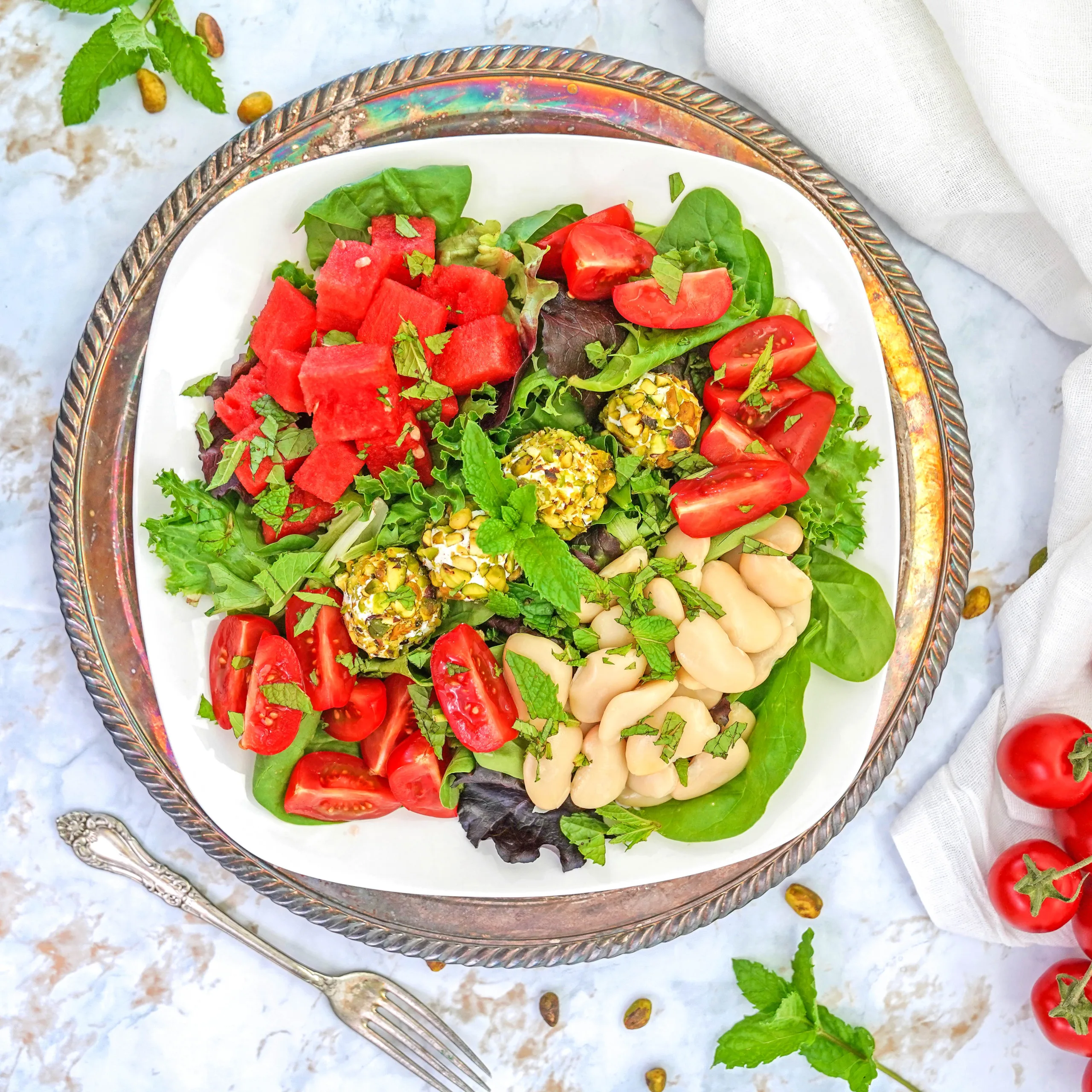Coconut Mango Sticky Rice
The classic trio of coconut milk, sticky rice, and sweet ripe mango has been a favorite Thai dessert for ages. In the U.S., most people get to know mango sticky rice (or khao niaow ma muang) at Thai restaurants, but this gluten-free dessert is actually super easy to make at home.

The main ingredient is glutinous rice (often labeled as “sweet rice”), a short-grain variety that’s grown all over Asia and gets that chewy texture when cooked. You can’t just toss sticky rice in a rice cooker like jasmine rice; it takes a bit more work.
The rice needs to soak for at least four hours or overnight. It is then steamed using a cheesecloth or kitchen towel. Once that’s done, just mix the cooked rice with coconut milk and sugar, serve it with fresh mango, and top it off with some toasted sesame seeds.
What is Glutinous Rice?
Sticky rice, known as sweet rice or glutinous rice, is a staple in Asian cuisine. Its round grains become distinctively sticky, resembling glue in texture once cooked. The lack or minimal presence of the starch amylose accounts for its stickiness. Available in both long-grain and short-grain varieties, sticky rice is a common ingredient in a variety of Chinese dishes, both sweet and savory, and is typically steamed. It is priced higher than regular white rice, generally costing about twice as much.
Different rice varieties contain two starches: amylose and amylopectin. The stickiness of the rice is determined by their ratio. Long-grain white rice, with a higher amylose content (19 to 23 percent), cooks up fluffy, while short-grain white rice, with less amylose (12 to 19 percent), tends to clump together. Sticky rice, however, has up to 1 percent amylose and a high amylopectin concentration, resulting in a very sticky texture once cooked.
Sticky rice is versatile and features in numerous dishes, ranging from desserts to being a filling in duck, as well as in dumplings like shumai and zongzi. Although steaming or boiling is common for preparing sticky rice, it can also be stir-fried or prepared in the style of an Italian risotto.
Ingredients You Will Need for Mango Sticky Rice
To make this coconut mango sticky rice recipe, you will need the following ingredients:
– 1 cup of glutinous rice (often labeled as sticky rice)
– 1 can of coconut milk
– 1/4 cup of sugar
– A pinch of salt
– 2 ripe mangoes
– Sesame seeds for garnish (optional)
Step-by-Step Instructions
1. Prepare the Mango Sticky Rice: Soak the sticky rice in water for at least 4 hours or overnight.
2. Stean the Rice: Rinse the rice and then set up your steamer. Line it with cheesecloth or a clean kitchen towel, then add the rice, spreading it out evenly. Place it over high heat, let the water in the steamer come to a boil, cover it up, and steam the rice until it’s nice and tender, which should take around 20 minutes.
3. Make the Coconut Sauce: In a saucepan, combine the coconut milk, sugar, and salt. Heat over medium heat until the sugar dissolves and the mixture begins to simmer. Remove from heat and set aside.
4. Combine Rice and Coconut Sauce: Once the rice is cooked, transfer it to a large bowl. Pour about half of the coconut sauce over the rice and mix well. Allow it to sit for about 10 minutes to absorb the flavors.
5. Prepare the Mango: Peel and thinly slice the mangoes into slices or cubes. Arrange them neatly on a plate.
6. Serve: Place a portion of the sticky rice on a plate next to the sliced mango. Drizzle the remaining coconut sauce over the rice. Sprinkle with sesame seeds if using.
A well-made coconut mango sticky rice recipe is absolutely delicious. This Thai dessert has rich flavors of fresh mango, coconut, and tender sticky rice. You may also like our Bourbon Apple Rice Pudding. It is a perfect dessert for the upcoming fall season and to celebrate Rice Month in September. Visit Think Rice and celebrate National Rice Month in September!






